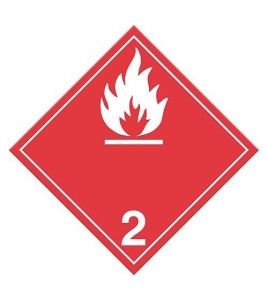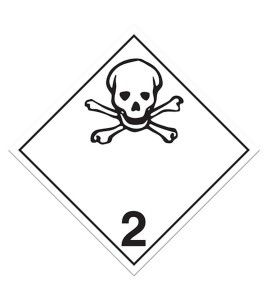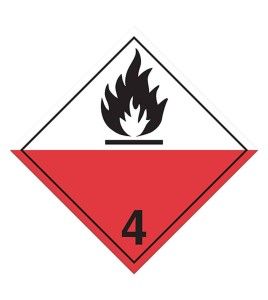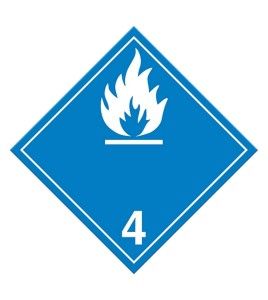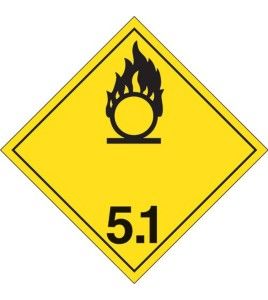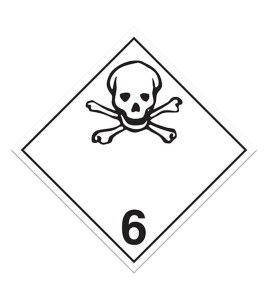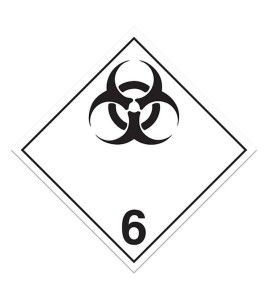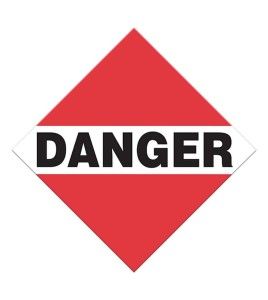Placards for transportation of dangerous goods
🚛 TDG placards: Secure the transport of dangerous goods
TDG placards are essential for clearly identifying dangerous goods in transit. Thanks to their diamond shape, hazard pictogram and specific color, these placards signs guarantee fast, effective communication of the associated risks.
🏷️ Dangerous goods classification:
🔹 Class 2 - Gases
🔹 Class 3 - Flammable liquids
🔹 Class 4 - Flammable solids
🔹 Class 5.1 / 5.2 - Oxidizers and organic peroxides
🔹 Class 6 - Toxic or infectious substances
🔹 Class 7 - Radioactive materials
🔹 Class 8 - Corrosives
🔹 Class 9 - Various hazards
🏗️ Available materials :
📜 Cardboard - Temporary, economical, ideal for one-off transports
📌 Adhesive vinyl - Weatherproof, non-reusable
♻️ Rigid plastic - Economical, reusable option
🛡️ Aluminum - Durable, resistant to extreme conditions
⚠️ Regulations & responsibilities:
📌 Shipper: Ensures conformity of placards and shipping documents.
🚛 Carrier: Checks that placards remain in place throughout the journey.
🔍 Need guidance? Contact our customer service team to find the perfect solution.

